From the Army’s Green Berets to Navy SEALs, Air Force Air Commandos, Marine Corps Raiders, and beyond, Special Ops forces are the elite of the U.S. military.
1. The origin of America’s special forces can be traced all the way back to 1676.
King Philip’s War, in which Native Americans clashed with British settlers and their Indian allies, was one of the bloodiest conflicts (per capita) in American history. In 1676, Governor Josiah Winslow of Plymouth Colony granted Captain Benjamin Church permission to form a company made up of English soldiers and Christianized Native American forces trained in the so-called “skulking way of war.” These unconventional troops would have a decisive impact on the conflict and constituted the first use of indigenous forces by an American unit in a direct capacity—now a key part of special operations techniques.
2. The U.S. Army Special Forces also known as the Green Berets got their namesake headgear from a commando school in Great Britain.
During World War II, a group of elite U.S. Army Rangers trained at an intensive commando school in Scotland, run by British fighters who wore distinctive green berets. Upon graduation from the program, which included stringent training in mountaineering, river crossings and field survival, the soldiers were rewarded with the same berets. Though the U.S. Army did not authorize them to wear the berets at the time, those who earned the beret wore it secretly while they were in the field, separated from conventional forces.
3. President John F. Kennedy played a key role in the history of the Green Berets, and is a particular hero of the Army Special Forces.
In 1961, when President Kennedy was preparing to travel to Fort Bragg, North Carolina, he sent word to Brigadier General William Yarborough for all Army Special Forces soldiers to wear their green berets for his visit. In advance of the visit, the U.S. Army officially authorized the beret as part of the Special Forces uniform, and Yarborough greeted the president wearing his own green beret. Kennedy continued his support for the Special Forces in 1962, calling the green beret “a symbol of excellence, a badge of courage, a mark of distinction in the fight for freedom.” To this day, Army Special Forces lay a wreath and a green beret on the late president’s grave every November 22, the anniversary of his 1963 assassination.
4. Fallout from the Iran hostage crisis in 1980 sparked reforms in the military—and the creation by Congress of the U.S. Special Operations Command (SOCOM).
The U.S. Congress created SOCOM, the organization that oversees Special Operations command across the Army, Navy, Air Force and Marine Corps, in the wake of the failure of Operation Eagle Claw, the mission ordered by then-President Jimmy Carter to rescue more than 50 diplomats being held hostage at the U.S. embassy in Iran. That disastrous mission highlighted the need for reform and reorganization within the military, and particularly for more coordination among the various Special Ops forces. Though each branch of the military has a Special Ops command that runs its own operations, SOCOM ensures that operatives from different forces standardize training practices and equipment and work together smoothly when necessary.
5. In 2015, U.S. Special Ops forces deployed to 147 countries—or 75 percent of the nations on the planet.
On any given day, forces under the U.S. Special Operations umbrella are operating in anywhere from 70 to 90 countries. Given those figures, it’s no wonder that all members of Special Ops forces are required to be proficient in at least one language other than English. Most have university degrees, and many undergo intensive language and culture training at universities or other institutions, such as the Defense Language Institute in Monterey, California, in order to be able to truly understand the regions and countries in which they’ll be working.
6. Among the elite teams under the Air Force Special Operations Command (AFSOC) are…commando weathermen?
Their motto is “Eyes Forward.” Members of the Special Operations Weather Team (SOWT) are not just skilled fighters in top physical condition; they also interpret meteorological data, often in hostile territory, and deliver crucial information to air and ground forces. Ever since the first SOWTs took part in World War I combat operation in France in 1918, these daring forecasters have been involved in conflicts and missions all over the world. Embedded with other Special Ops forces, including Navy SEALs, Delta Force and Army Rangers, SOWTs have participated in some of the most high-profile operations of the war on terror—including the raid that killed Osama bin Laden in 2011—and have helped combat piracy, free hostages and provide humanitarian aid.
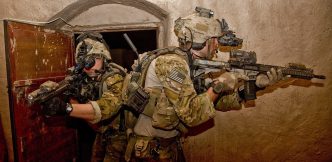
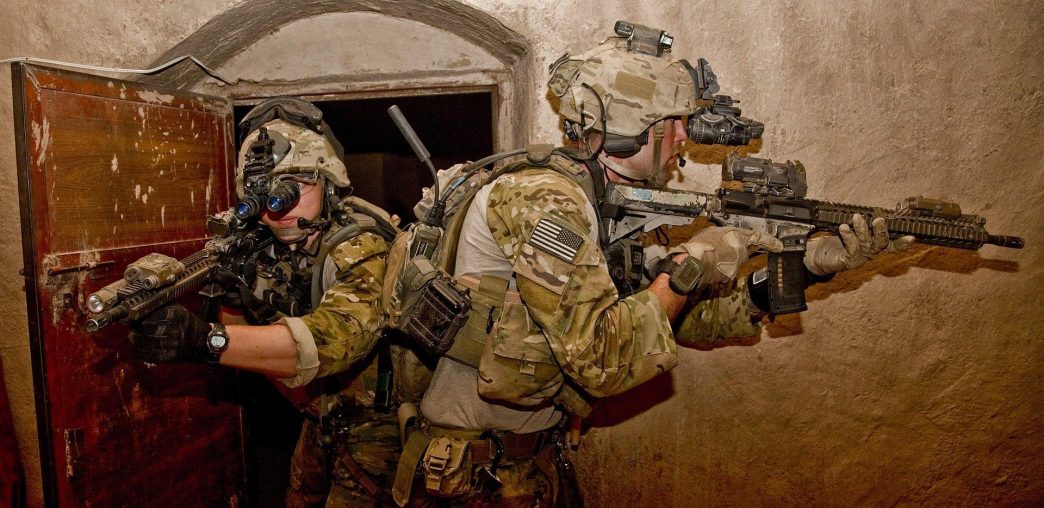
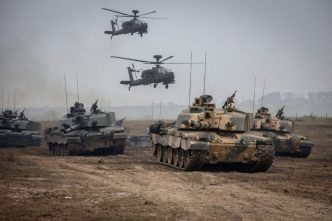
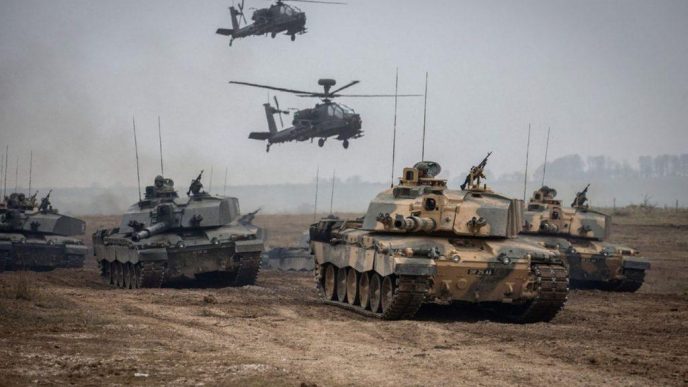
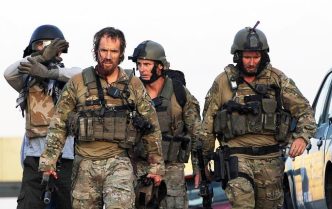
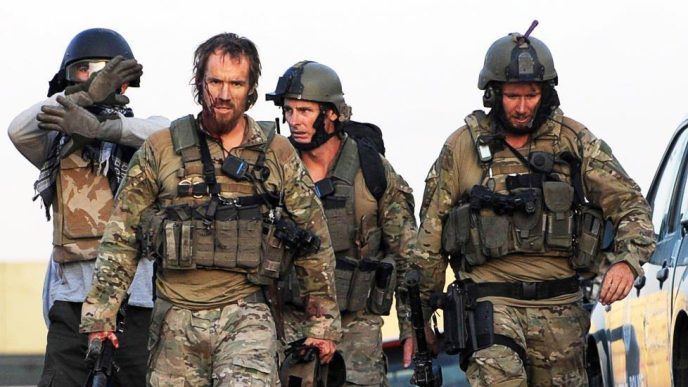


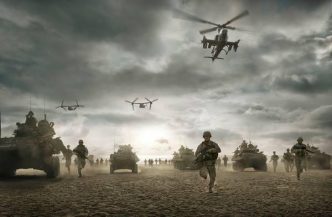
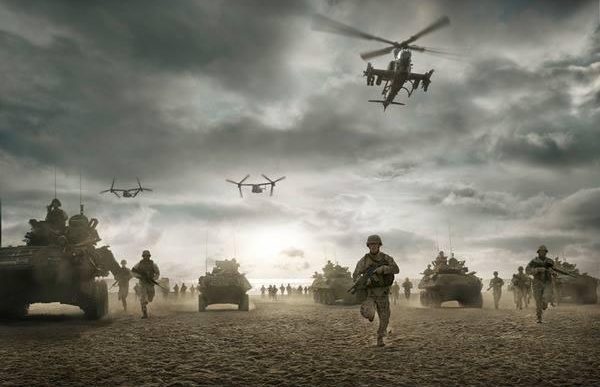
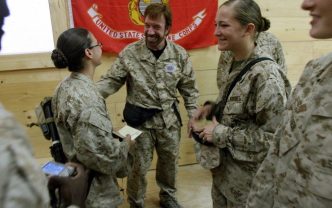
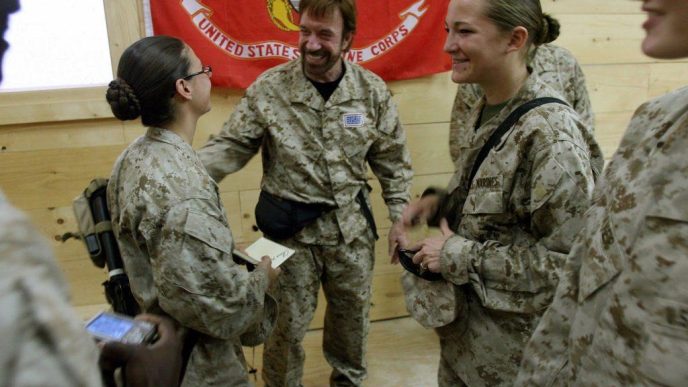
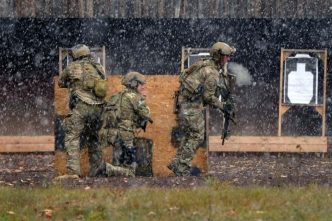
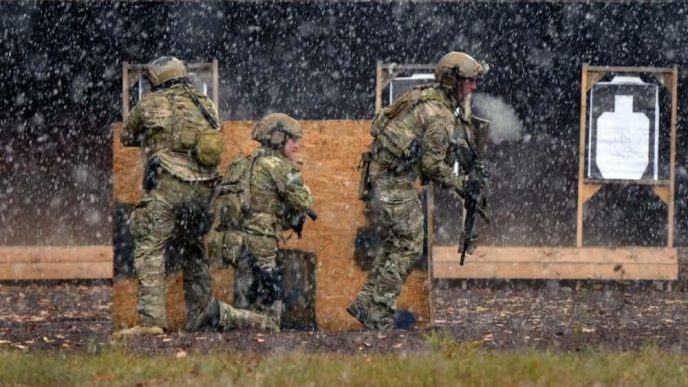
If you’re a foreign jihad reading this over a hidden VPN I hope you take your notes. Here’s another one